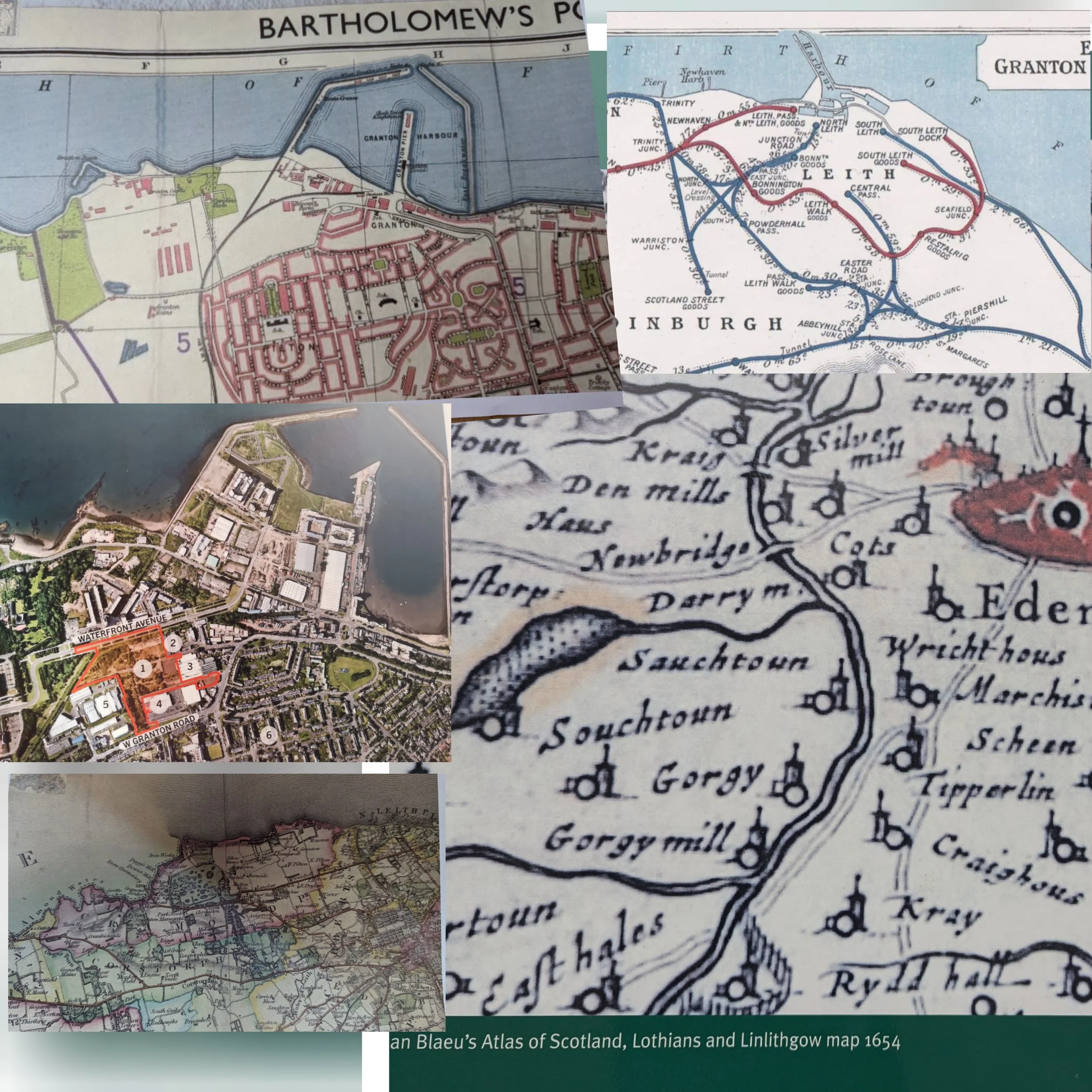Editorial
Issue 17
Issue 17 of Livingmaps Review offers a take on the so-called ‘deep mapping’ practices that have become popular in the digital and spatial humanities. Readers will not learn much about the latest geospatial technologies for unearthing new dimensions of space and place, which have become associated with these fields, but instead will learn about alternative, often analogue, mapping techniques - walking, talking, photographing, collaging, archiving and working together - that challenge what ‘deep mapping’ can be. Thanks, as always, to our contributing authors and editorial team for bringing it altogether.
In Waypoints, Ekaterina Egorova, Javier Martinez, Kateryna Miller and Louise Francis document Map4Rec, a citizen science project with refugee communities in the Twente region of The Netherlands. The report highlights the how the growth of citizen science projects has often neglected to included the views and experiences of refugees, and then seeks to address this by demonstrating how engaging with refugee experiences can offer different and no less valuable contribution.
In Mapworks, Debbie Kent gives focus to the You Are Here maps that populate urban centres. At once both mundane street furniture and a portal into understanding our location on the earth, Debbie describes how the ‘You Are Here’ points in these maps fold place in on itself without regard for the changing environment around them. You Are Here maps seem to remain a constant despite the dynamics of space and place.
In Lines of Desire, Tamsin Grainger writes about her ongoing relationship with Granton, a suburb of Edinburgh with socially and materially morphing boundaries. Through a project that involves walking and talking with strangers, arranging community events, collaging, photography and archiving, Tamsin uncovers a deeply qualitative understanding of what and who makes up Granton. In doing so she highlights a deep mapping project worlds away from the quantified geospatial datasets others have used to understand place.
Following this, Blake Morris reflects on 10 seasons of Sunrise Walks, the project that he started in 2019, which invites people, wherever they are in the world, to take a walk around sunrise with him and share their experiences on social media. Blake ruminates on how these walks remain an integral part of his yearly cycle, giving meaning to the seasons and a means to remain in touch with an artistic approach to life, despite the ongoing troubles of the world, as well as the more pedestrian affront of early starts and cold temperatures.
Closing out this section, Alix Camacho Vargas and Erin Turner discuss how walking and talking from different places and at different times can form a mode for deep mapping place that centres us in relations to the earth, it’s history and people. Over the course of a few months, the writers exchange ideas about their approach to walking, what it means to them, and how the process of moving with the land connects them to both places they know well and others less travelled.
Mike Duggan
Editor-in-Chief
May 2025
